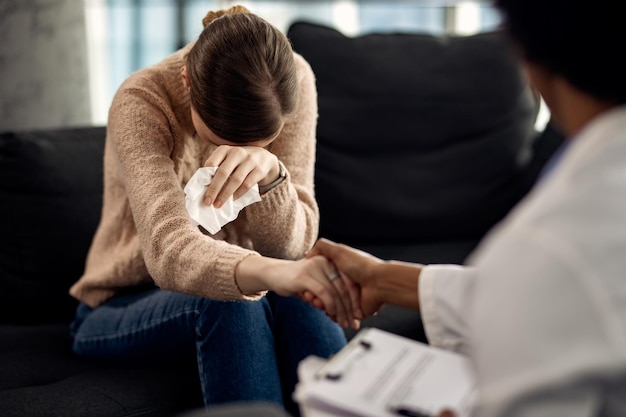Anxiety disorders are diagnosed when anxiety causes chronic emotional and mental distress and no longer becomes a normal physiologic response to changes in one’s environment. Obsessive Compulsive Disorder (OCD) is one of the many anxiety disorders that impair activities of daily living, making social and occupational duties a struggle in a person’s life. OCD is characterized by recurring thoughts of doing actions repeatedly, to make one less anxious and frustrated. Anxiety treatment is the essence of OCD therapy. For OCD to be effectively resolved, a combination of multiple drug and cognitive behavioral therapy is used in treatment.
With the help of modern research in the field of medicine, different kinds of psychiatric drugs are now able to treat OCD. Drugs used for anxiety treatment in OCD may involve the use of selective serotonin reuptake inhibitors (SSRIs). SSRIs work by blocking the reuptake of serotonin, a neurotransmitter responsible for feelings of happiness and well-being, and increasing its concentrations in the body. By increasing serotonin levels, people who have OCD are least likely to have episodes of compulsions marked with sudden anxiety. Examples of SSRIs used for treatment are fluoxetine (Prozac), sertraline (Zoloft), paroxetine (Paxil) and fluvoxamine (Luvox).
Anxiety treatment also involves enhancing the levels of gamma-amino butyric acid (GABA), a brain chemical that slows down nerve signals, thus decreasing excitement or agitation. Anxiety disorders are marked by excessive brain activity, and anxiolytics addresses this problem by increasing GABA concentrations in the brain. Examples of anxiolytics are diazepam (Valium), clonazepam (Klonopin), and alprazolam (Xanax). Anxiolytics and SSRIs are highly effective in treatment, however, these kinds of medications are not readily available over-the-counter since a prescription from a doctor is needed. Psychiatric medications can be addicting, and may cause more harm to the patient when drug dependency develops.
Another approach in anxiety treatment is cognitive behavioral therapy (CBT).CBT specifically involves the use of exposure and response prevention in regards to anxiety. In exposure, patients deliberately confront the stimuli of which their anxiety comes from. On the other hand, response prevention delays or avoids opportunities for rituals. However, a rule of thumb in CBT is to take things gradually; that is, attempts to suddenly stop the patient from performing rituals should not be done, since it can only cause increased anxiety levels. It is important to let the person express their emotions, especially when they feel that compulsions are imminent.
It is important to gain the trust and cooperation of the patient before undergoing anxiety treatment. Initially, patients may need more time allotted to their schedules to accomplish rituals. However, gradually decreasing the time to perform rituals is necessary to significantly reduce or completely eliminate compulsions. The patient’s family must also be involved in the planning of treatment. Since anxiety attacks can be agonizing and hard to tolerate, family members can provide much needed emotional support when fully educated about the client’s condition. A healthy collaboration among the patient, family, and healthcare team is needed for successful treatment of OCD.







